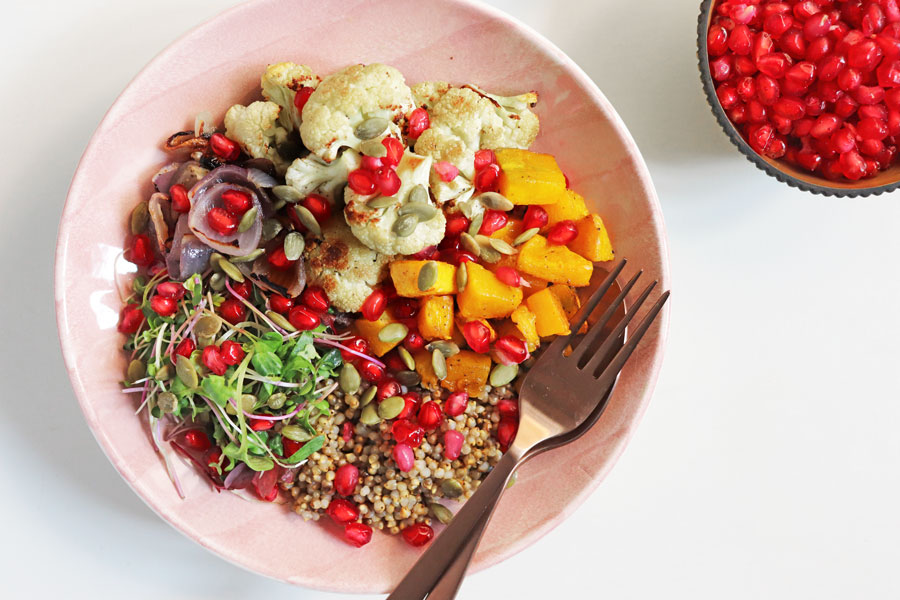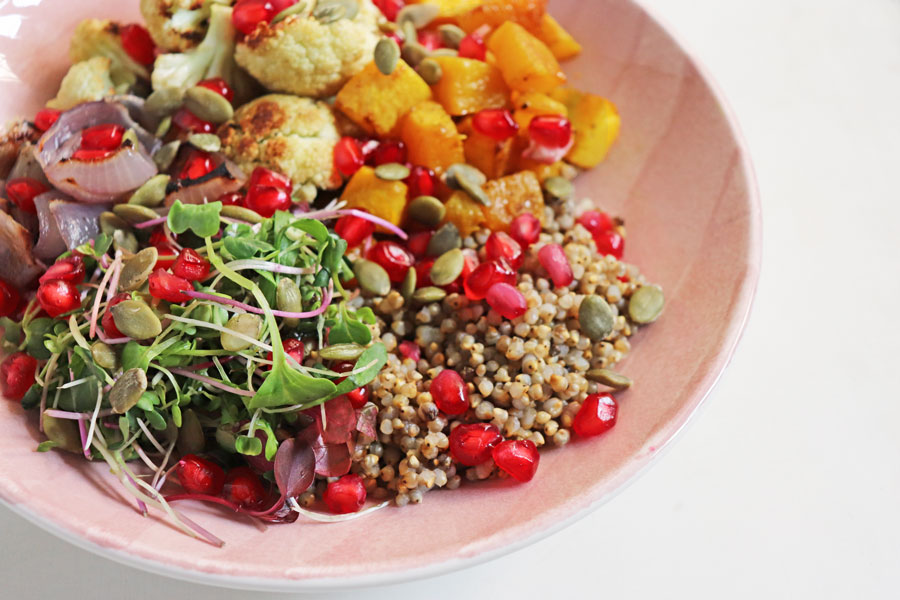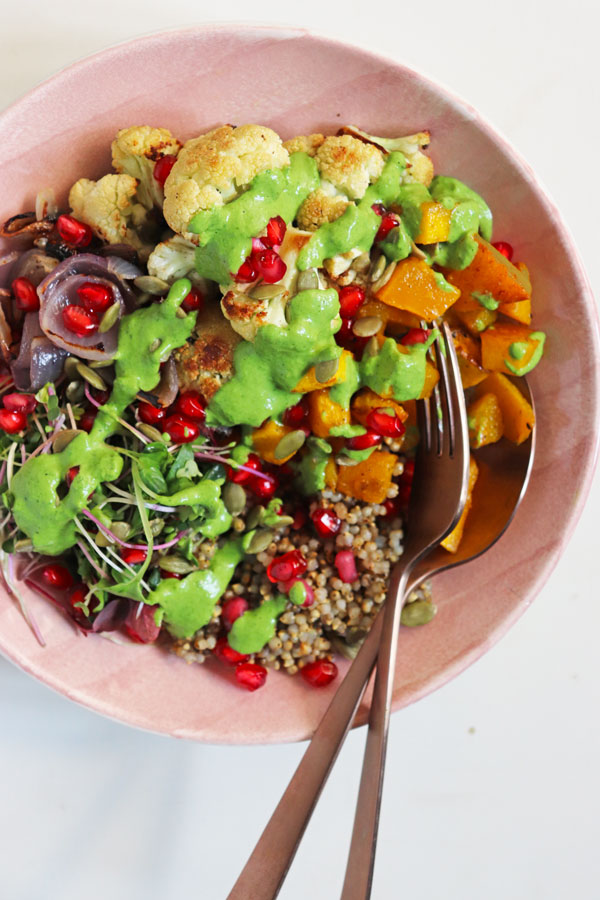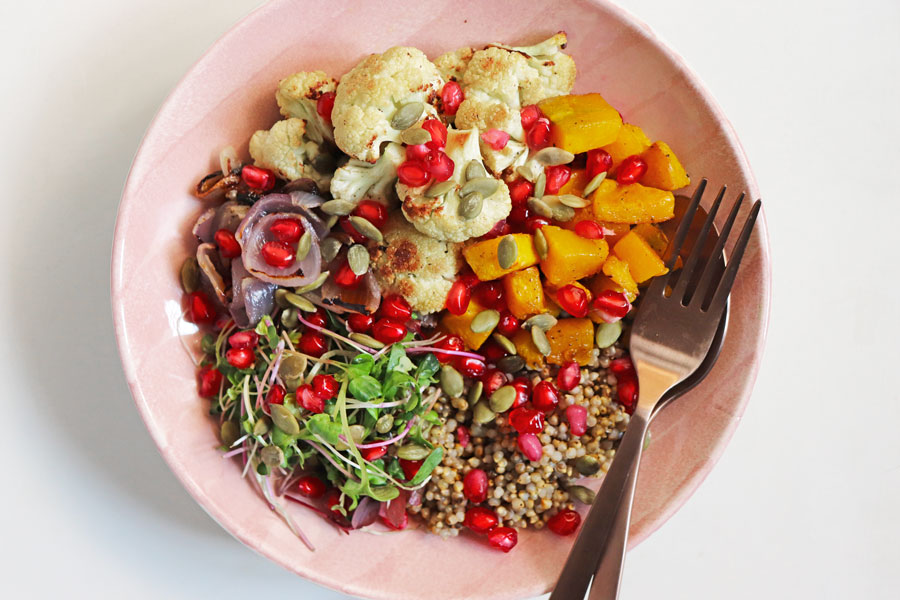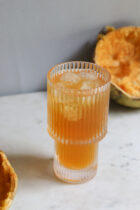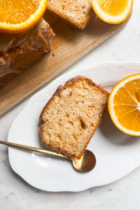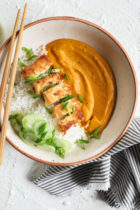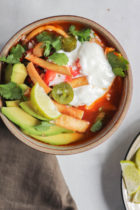This post is a part of Sprig & Vine’s month of wellness 2019: expect Good Food Good Vibes all January long! We will be posting content throughout January that will help you kickstart the year feeling well and good, with healthy eating hacks, feel-good recipes, and tons of wellness inspiration.
Though I love a health food trend as much as any foodie millennial with an Instagram, most trends these days don’t stick around. Having said that, one health food trend that is doing the rounds these days are millets — and this is something I’m really excited to get behind.
Millets are the hidden gems of Indian food and tradition. There are many regional varieties of millets that are harvested in India, and each have their own host of benefits. They are healthy whole grains that have a low glycemic index, and contain a repository of protein and fiber. They are also naturally gluten-free!
In addition to being nutrient packed, millets also require fewer natural resources to harvest (as compared to other grains), making it better for the environment. When consuming millets, we are not only eating ancient Indian grains that are locally grown and thereby supporting regional cuisine, but we are also promoting sustainable agriculture as millets are good for the soil and buying them supports Indian farmers.
Consuming millets is not new for most Indians (specially in regional cuisines), but modern health trends have now elevated it to “superfood” status which means millets are making a comeback even in urban health circles. There are many varieties of millets available — try sorghum (jowar), pearl millet (bajra), foxtail millet (nachni), finger millet (ragi), among other varieties.
How to cook millet:
Cooking millet couldn’t be simpler. It’s the same drill as cooking quinoa or any other grain. Rinse them properly, and bring to a boil with twice the volume of water. Add some salt to the boiling water to lightly flavour your millets. Cook them for about 10-15 minutes (depending on which variety you’re using, this could vary). A good indication of when it’s done is when most of the water is absorbed, and the grains are tender. Let the pot stand covered for a couple of minutes and then fluff with a fork. Drain and use as desired!
Ways to eat millet:
Millets are of course excellent in traditional Indian preparations, for e.g. rotis made with jowar, ragi in idlis and dosas, or a simple bajra khichri.
However, you don’t need to be limited to Indian cuisine when cooking with millets.
- make a breakfast porridge in place of oatmeal
- use millet in muffins for additional fibre
- add cooked millet to salads and grain bowls
- replace rice with millet alongside stir fries and curries
While these are just a few ideas, I hope they inspire you to explore millets and try cooking with them! To get started, you can make this modern millet salad that I love.
This millet salad is made using my winning salad formula — it has a hearty base, plenty of veggies, a kickass dressing, and a bunch of other mix-ins. I used pearl millet or bajra here because I love it’s nutty, slightly chewy texture. Also, pearl millet is a winter grain as opposed to sorghum which is better in the summer. Crunchy cauliflower and sweet tender roasted pumpkin are a delicious combination, locally grown micro greens add more nutrients and crunch, and the salad is topped with jewel-like pomegranate arils for a touch of sweetness and tartness. Crunchy toasted pumpkin seeds are added to the mix, and a creamy yogurt-based dressing ties it all together, coating everything beautifully.
This is a wonderful, satisfying, nutrient-rich meal which makes a great dinner that won’t leave you craving a snack anytime soon (and packs well for lunch the next day!). The components are also easy to make when meal-prepping over the weekend — cook a big batch of millets and roast veggies; store them separately and mix in with the dressing when you want to eat.
If you’re interested in cooking with millet, this is a great recipe to try your hand at. Once you realise how delicious they are, you’ll be making your own versions of salads like this with all the different millets in no time!
- ½ cup pearl millet
- 2 cups cauliflower florets
- 2 cups cubed pumpkin
- 1 large red onion, chopped into chunks
- 2-3 tbsp olive oil
- Salt and pepper, to taste
- A large handful of mixed microgreens
- 4 tablespoons pomegranate arils
- Toasted pumpkin seeds, for topping
- 1 cup coriander
- ½ cup basil
- ½ cup Greek yogurt
- 2 tbsp apple cider vinegar, or lemon juice
- A dash of honey/agave
- Salt and pepper, to taste
- Rinse the millets first, and then combine with twice the amount of water and bring to a boil. Once it starts boiling, reduce heat to a simmer and cook for around 8-10 minutes until tender or most of the liquid is absorbed. Remove from heat and let it stand for a couple of minutes. Drain if there’s extra liquid, remove into another bowl and fluff so that the millets don’t stick together. Season with salt and lime juice.
- In a sheet pan, arrange the cauliflower florets, pumpkin, and onion chunks. Drizzle with olive oil, and season with salt and pepper. Mix and then roast in the oven until tender and slightly charred. Make sure to toss the vegetables halfway through to ensure even roasting.
- Make the dressing by combing the herbs with the greek yogurt, and vinegar in the bowl of a blender. Blend until you get a smooth and creamy dressing. Add a touch of honey or agave for sweetness, and season with salt and pepper. Taste and adjust as per preference.
- To assemble the salad, start with making a base with the millets. Top with the roasted veggies and micorgreens; dot with pomegranate arils, and sprinkle the pumpkin seeds at the end. Spoon the dressing generously on the salad. Alternatively, you can mix everything together in a big bowl and serve.
- To pack this salad (for picnics, office lunches, or when on-the-go), use a mason jar. Layer the millets at the bottom, followed by the roasted veggies, then the pomegranate and pumpkin seeds, lastly followed by the microgreens. Pack the dressing separately and just toss together before eating!
Did you make this recipe?
Let us know: leave a comment, or tag @sprigandvine.in on your photos on Facebook and Instagram with the hashtag #goodfoodpractices

